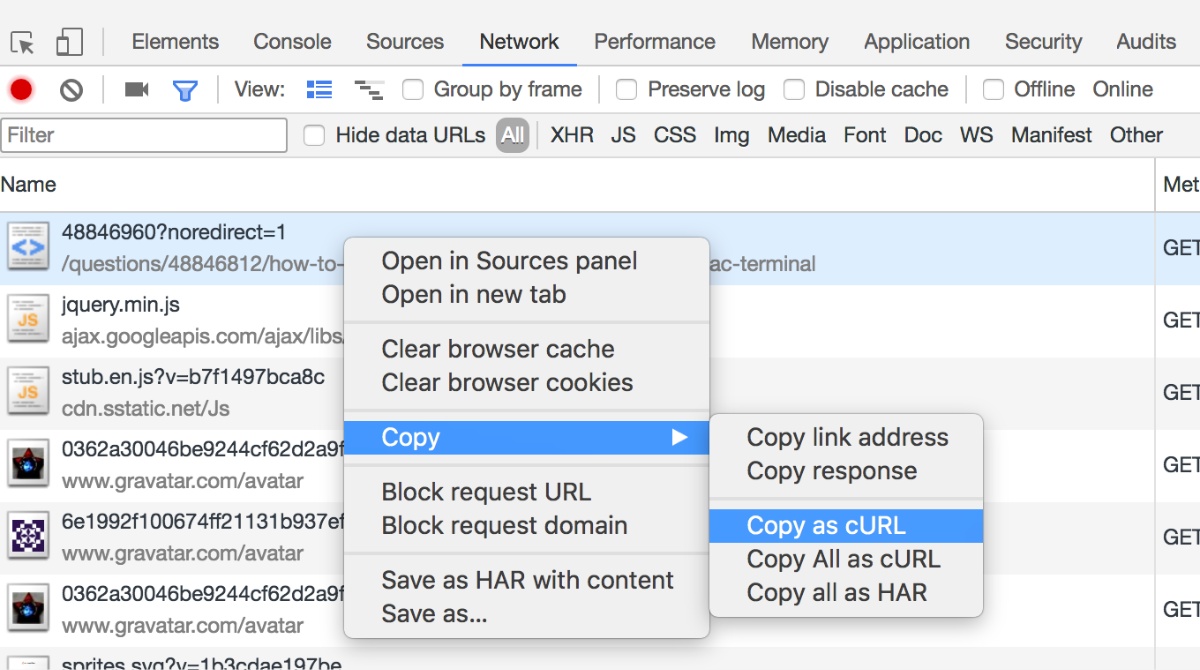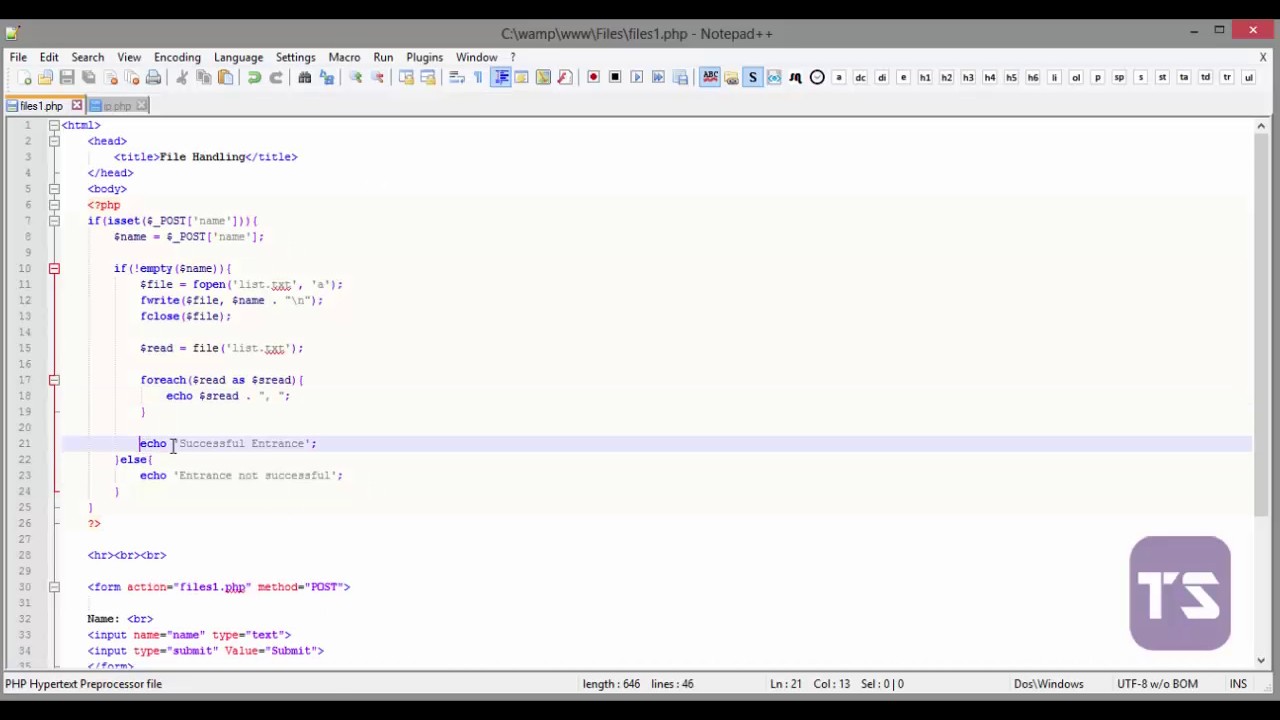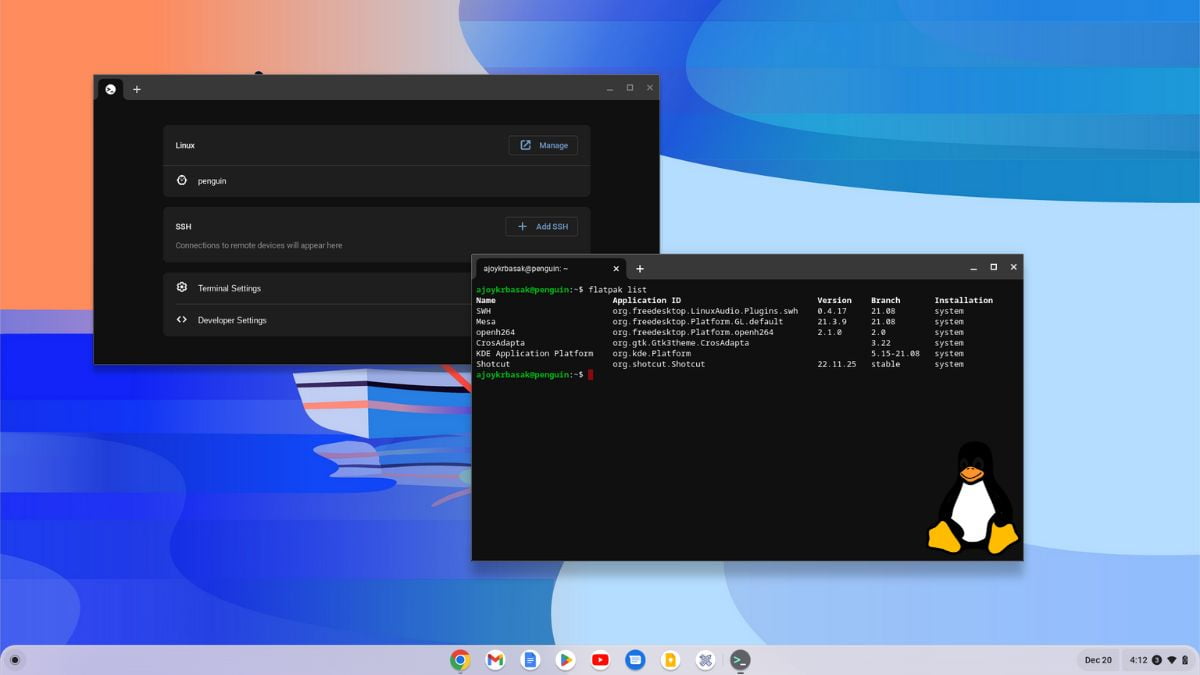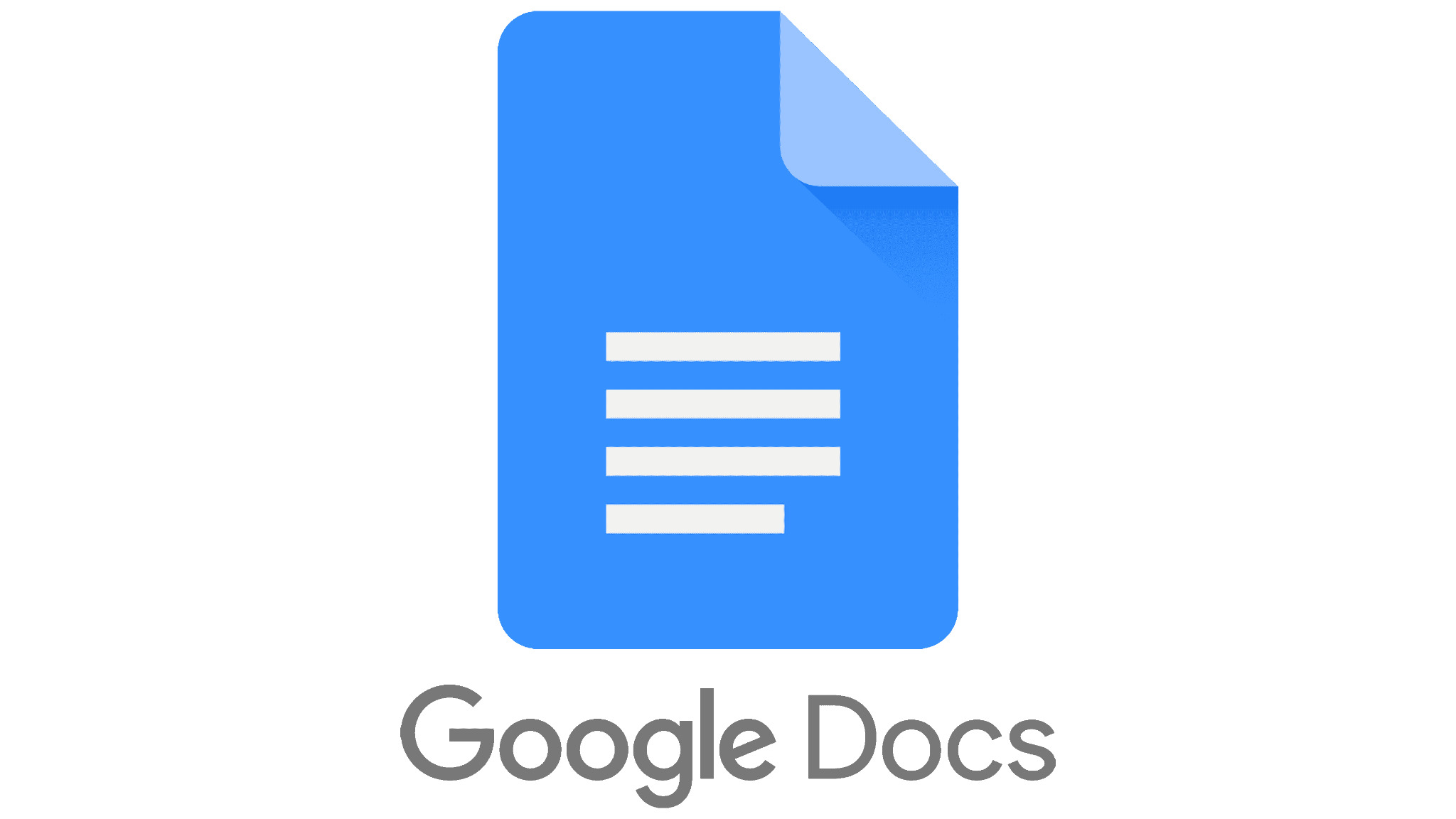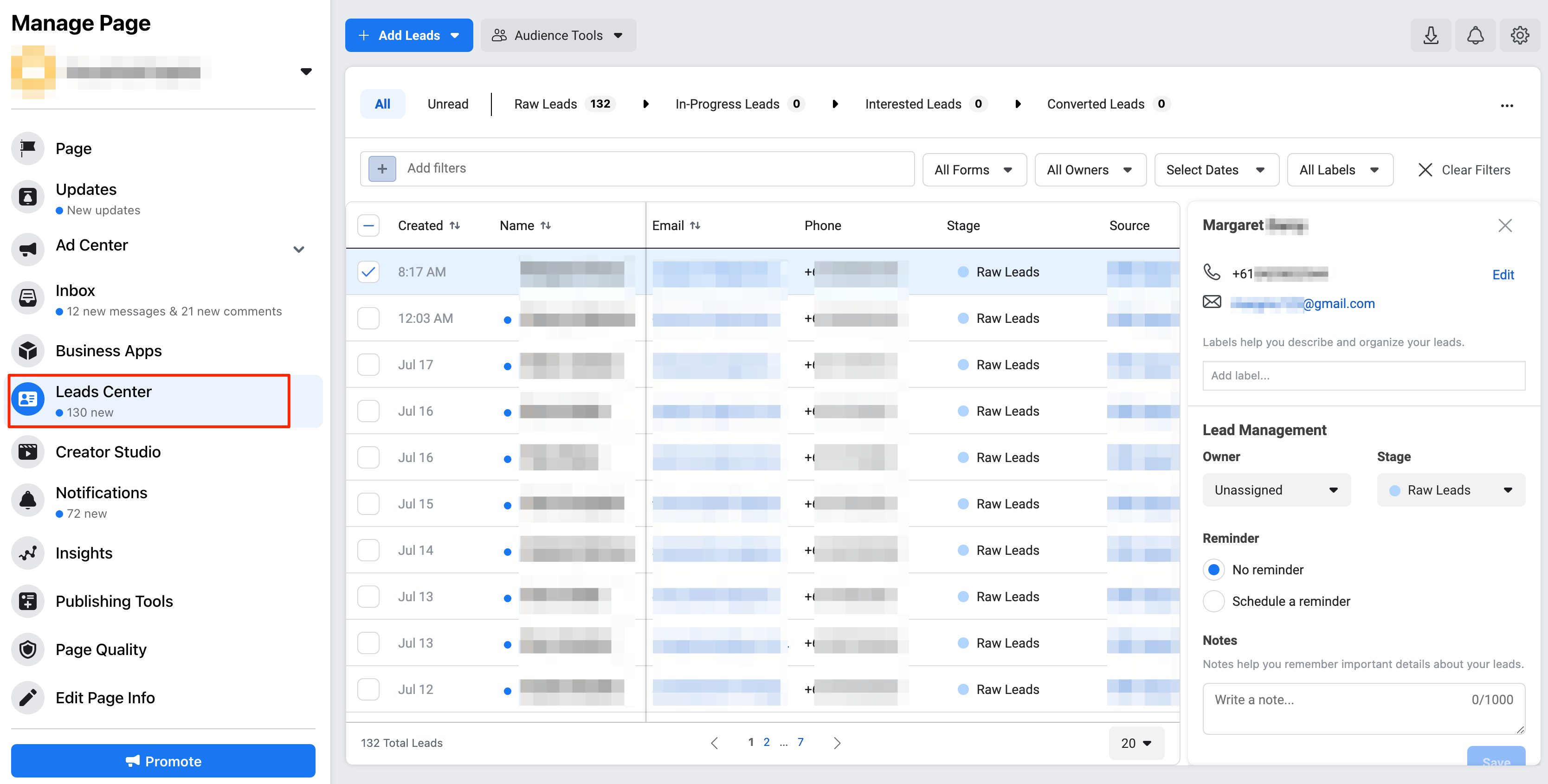Introduction
Welcome to our guide on how to download a TXT file! Text files, often denoted by the “.txt” file extension, are simple and widely supported file formats used for storing and exchanging plain text. Whether you need to download a text document for work, personal use, or any other purpose, this step-by-step tutorial will walk you through the process.
Downloading a TXT file is a straightforward task that can be accomplished on various devices and operating systems. By following the instructions outlined in this guide, you’ll be able to access and save text files in no time.
Why would you want to download a TXT file? Well, text files are commonly used for various purposes, such as saving important information, storing code snippets, or creating simple documents. In some cases, you may need to access a specific text file from a website or online resource. Regardless of the reason, our guide will provide you with the necessary steps to download a TXT file effortlessly.
Throughout this tutorial, we’ll be using common web browsers like Google Chrome, Mozilla Firefox, or Microsoft Edge for the demonstration. However, the steps will generally be similar across different browsers.
So, if you’re ready to learn how to download a TXT file, let’s dive into the first step!
Step 1: Find the Txt File
To start the process of downloading a TXT file, you’ll first need to locate the file you want to download. There are a few different ways you can find a TXT file, depending on where it is located.
If you’re accessing a website or an online resource that provides a link to download a TXT file, you can usually find it on the webpage itself. Look for text links or buttons that indicate file downloads. These links are often labeled with terms like “Download,” “Save,” or “Txt file.” Clicking on the link will take you to the file download page.
In some cases, you may need to navigate through a website’s menu or search bar to find the TXT file you’re looking for. Websites that offer downloadable resources or documents typically have designated sections or categories for different file types. Use the website’s search functionality or browse through the relevant sections to locate the TXT file.
Furthermore, if you’re trying to download a TXT file from a cloud storage service or a file-sharing platform, you may need to access the specific folder or directory where the file is stored. Look for options like “Files,” “Folders,” or “My Files” within the platform’s interface. Navigate through the folders until you find the TXT file you wish to download.
If you have the direct URL of the TXT file, you can also enter it into the address bar of your web browser. This method is useful if you have obtained the file link from another source and want to download it directly.
Once you’ve found the TXT file you want to download, it’s time to move on to the next step of the process: saving the file to your device. Keep reading to learn more in Step 2!
Step 2: Right-click on the File
After you have located the TXT file you want to download, the next step is to right-click on the file. This action will bring up a context menu with various options, including the one that allows you to download the file.
To right-click on a file, position your cursor over the file icon or the file name. Then, press the right-click button on your mouse or touchpad. If you are using a Mac, you can achieve the same action by pressing the Control key on your keyboard while clicking the file.
When you right-click on the file, a menu will appear, displaying different options depending on your operating system and the web browser you are using. Look for the option that relates to downloading the file. It is usually labeled as “Save Link As,” “Save Target As,” or something similar.
By right-clicking on the file and accessing the context menu, you have gained more control over how the file is saved to your device. This step allows you to specify the location where you want to save the file and the file name you want to use, ensuring that the TXT file is conveniently stored in a place of your choice.
Now that you have right-clicked on the file and brought up the context menu, it’s time to proceed to the next step: selecting the appropriate download option. Read on to discover more in Step 3!
Step 3: Select “Save Link As” or “Save Target As”
After right-clicking on the TXT file, a context menu will appear with various options. Among these options, you’ll typically find “Save Link As” or “Save Target As.” This step involves selecting the appropriate download option to proceed with saving the file to your device.
The exact wording of the option may vary depending on the web browser you are using. For example, Google Chrome uses “Save Link As,” while Mozilla Firefox and Microsoft Edge use “Save Target As.” Regardless of the specific wording, the purpose of this option remains the same: to save the linked or targeted file to your device.
Left-click on the “Save Link As” or “Save Target As” option, and a file-saving dialog box will appear on your screen. This dialog box allows you to customize the settings for the download before saving the TXT file. You can specify the destination folder, rename the file if desired, and select the file format (in this case, it should already be set to the TXT format).
It’s important to note that the appearance and layout of the file-saving dialog box may vary slightly between different browsers and operating systems. However, the main options and functionalities are generally consistent in terms of saving the file.
Take a moment to review the settings in the file-saving dialog box, ensuring that the correct destination folder and file name are selected. Once you’re satisfied with the settings, click on the “Save” or “OK” button to initiate the download process.
Congratulations! You have successfully selected the “Save Link As” or “Save Target As” option to save the TXT file to your device. In the upcoming step, we’ll cover how to choose the destination folder for the file. Let’s move forward to Step 4!
Step 4: Choose the Destination Folder
Once you have initiated the file download by selecting the “Save Link As” or “Save Target As” option, a file-saving dialog box will appear on your screen. In this step, you will have the opportunity to choose the destination folder where you want to save the downloaded TXT file.
The file-saving dialog box will typically display the current default destination folder. However, if you prefer to save the TXT file in a different location, you can easily navigate to the desired folder by using the file explorer or directory tree provided in the dialog box.
To choose a different destination folder, you can click on the appropriate folder icon or use the navigation buttons within the file explorer. Alternatively, you can manually enter the path or location of the folder directly into the text field provided in the dialog box.
When selecting the destination folder, consider choosing a location that is easily accessible and organized. You may want to create a specific folder dedicated to storing TXT files or utilize an existing folder structure that suits your file management needs.
It’s worth noting that the file-saving dialog box may also allow you to create a new folder on the fly. If you need to create a new folder, look for an option labeled “New Folder” or a folder icon with a “+” sign.
Once you have chosen the desired destination folder for your TXT file, simply click on the “Save” or “OK” button within the file-saving dialog box to finalize the selection.
Great job! You have successfully chosen the destination folder for your downloaded TXT file. In the next step, we will cover the final action required to complete the file download process. Let’s move on to Step 5!
Step 5: Click “Save”
With the destination folder selected in the previous step, it’s time to complete the file download process by clicking on the “Save” button. This final step ensures that the TXT file is saved to the chosen location on your device.
Once you have chosen the destination folder, review the file-saving dialog box to verify that all the settings are accurate. Double-check the file name, file format (TXT), and the destination folder to ensure they match your intentions.
If everything looks correct, click on the “Save” or “OK” button within the file-saving dialog box. This action will initiate the download process and automatically save the TXT file to the specified destination folder.
Depending on the file size and internet connection speed, the download process may take a few moments. You’ll usually see a progress bar or indicator in your web browser or operating system indicating the download progress.
Once the download is complete, you will receive a confirmation message or notification. At this point, you can close the file-saving dialog box and navigate to the destination folder to locate your downloaded TXT file.
Congratulations! You have successfully completed all the steps to download a TXT file. You are now equipped with the knowledge to find a TXT file, right-click on it, select the appropriate download option, choose the destination folder, and click “Save” to download and save the file to your device.
Remember, downloading a TXT file is a useful skill that allows you to access and store plain text documents for various purposes. Whether you need the file for work, personal use, or any other reason, you can now confidently navigate the process.
Feel free to explore and apply this knowledge in your day-to-day activities. Happy downloading!
Conclusion
Downloading a TXT file may seem like a simple task, but having a clear understanding of the steps involved can make the process much smoother. By following the steps outlined in this guide, you can easily find, download, and save a TXT file to your device.
We started by introducing the purpose of downloading a TXT file and the various scenarios where you might need to do so. From there, we covered each step in detail, from finding the TXT file and right-clicking on it, to selecting the appropriate download option and choosing the destination folder. Finally, we wrapped up the process by clicking “Save” to complete the download.
Remember to adapt these steps based on the browser and operating system you are using, as the specific wording and layout of the menus might vary. However, the overall process remains consistent.
With this knowledge in hand, you have gained valuable skills that can assist you in various situations. Whether it’s downloading important documents, saving code snippets, or accessing resources from cloud storage platforms, you can confidently navigate the process of downloading TXT files.
Practice these steps and explore further to expand your understanding. As you become more familiar and proficient, you’ll be able to download TXT files quickly and efficiently, enhancing your productivity and efficiency in managing text-based information.
So go ahead, put this guide into action, and enjoy the convenience of downloading and saving TXT files. Happy downloading!







